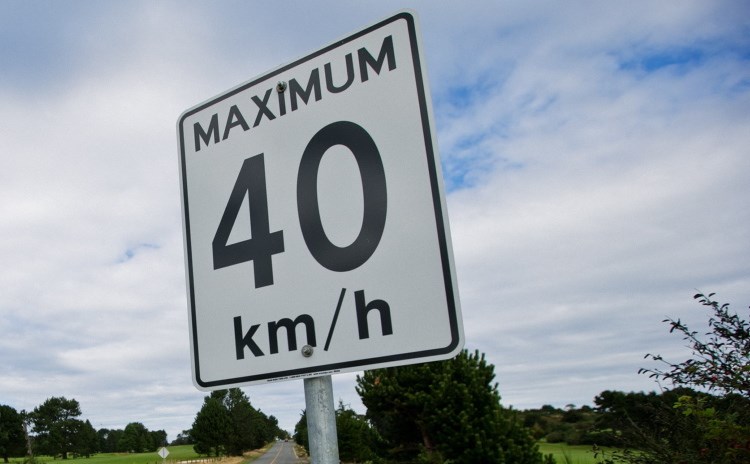Whichever cynic said “Politics is the art of looking for trouble, finding it where it doesn’t exist, and applying the wrong remedy” was almost certainly thinking about Oak Bay.
The council there has just announced that speed limits will be reduced to 40 kilometres an hour. A handful of exceptions are being made for major arteries such as Cadboro Bay Road. But otherwise, it’s 40 km/h all the way.
Explaining this decision, Mayor Nils Jensen offered a classic display of bait-and-switch tactics. “The real thrust here is to standardize and make [the speed limits] more consistent across the community. In that way … the public will have a greater awareness of what the speed limits are.”
No doubt they will. But what has that got to do with reducing the speed limit to 40 km/h? Why not 50?
Let’s see if this piece of political flimflam matches our cynic’s description. First, did Oak Bay go looking for, and find, a problem that does not exist?
Answer, yes. According to the Insurance Corp. of B.C., the number of traffic crashes in Oak Bay declined from 116 in 2009 to 105 in 2013 — the latest year for which numbers are available.
In other words, there is no rising epidemic of smash-ups that might have justified slowing the traffic.
Now, council might argue that even if there are fewer crashes, it’s still worth reducing speeds to cut down on exhaust emissions. Unfortunately, reducing speeds to 40 km/h will have the opposite effect.
That’s because the frequent braking associated with driving at a snail’s pace generates inefficient combustion. According to the consulting firm Adept Transportation Solutions: “The optimum speed for minimum emissions is 70 km/h.”
That’s right. Greenhouse-gas production will actually be increased if the speed limit is cut.
Why should we believe them? Well, that’s the firm Oak Bay turned to for the traffic study used in developing this “evidence-based” policy.
OK then, was the wrong remedy applied to this imaginary problem? Answer once more, yes.
That same study offers a barrage of reasons to believe this was a goofy decision. Thus we read: “A 40 km/h limit over a significant part of the [bus route] … may reduce [transit] productivity by 10 to 15 per cent.” Predictably, the same problem arose when Victoria cut speed limits.
The consultants also looked at some other Canadian cities that have tried to slow traffic. Here’s what they found.
When Montreal lowered its speed limit from 50 km/h to 40, the actual observed reduction was a mere two kilometres an hour. In other words, motorists ignored it.
The same thing happened in Edmonton, which had hoped to reduce tailgating and collisions. No one obeyed the new limit, and accident levels remained unaffected.
And in the ultimate rebuke to this piece of political fantasy, drivers on the streets of Ottawa actually went faster when the speed limit was cut.
This is not the whole story. There is some evidence, as the consultants noted, that injuries might be reduced if speeds are lowered. That might help explain why they went along with council’s obvious desire to meddle.
But the plain facts are these. There are no crash statistics to back up this decision. Pollution levels will increase. Bus service will deteriorate.
And — the elephant in the room — traffic congestion will worsen as motorists take longer to reach their destination.
The fault here, in part, lies with the province. It was a mistake to let municipalities set their own speed limits.
Local governments are parochial creatures. It matters not to Oak Bay or Victoria if commuters from Langford arrive late for their jobs downtown.
There are certain toys that children and municipal politicians shouldn’t be given. Control over speed limits is one of them.



